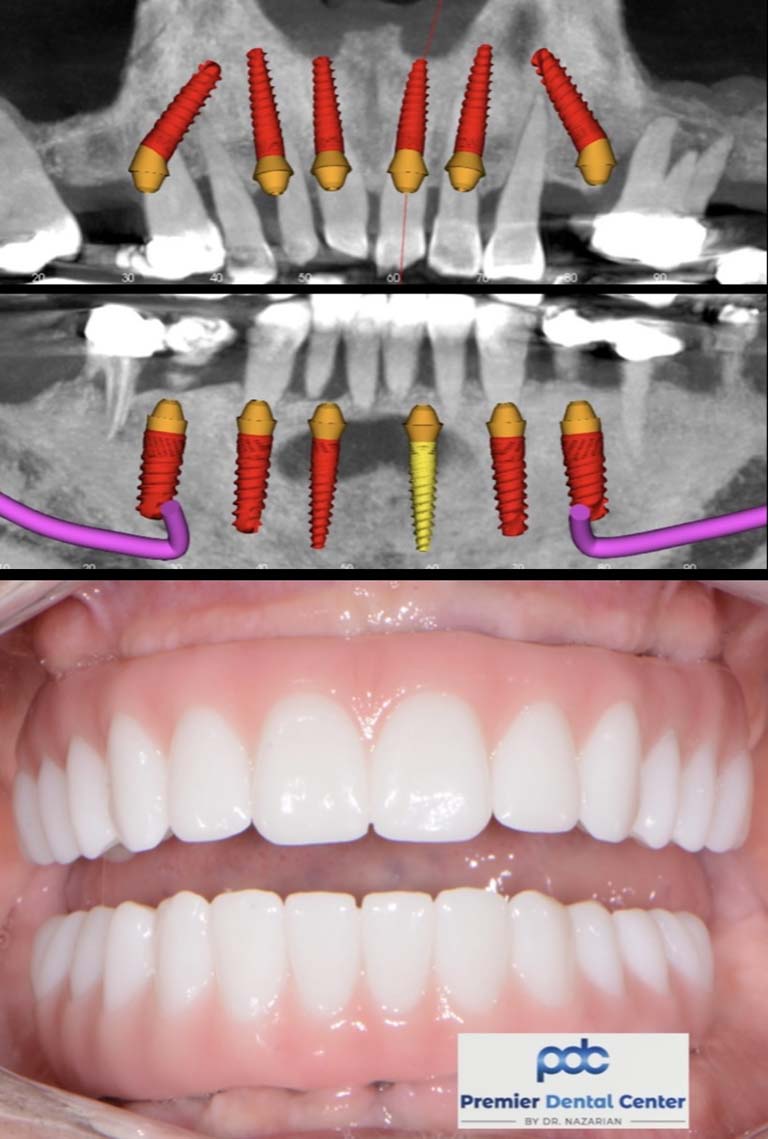Not known Facts About Dental Sense
Not known Facts About Dental Sense
Blog Article
Our Dental Sense Statements
Table of ContentsLittle Known Questions About Dental Sense.The Only Guide for Dental SenseWhat Does Dental Sense Do?Dental Sense Things To Know Before You Buy
are clinical devices operatively dental implanted into the jaw to recover a person's capacity to chew or their appearance. They give assistance for fabricated (phony) teeth, such as crowns, bridges, or dentures. When a tooth is shed as a result of injury or condition, an individual can experience complications such as quick bone loss, faulty speech, or modifications to chewing patterns that lead to pain.Dental implant systems consist of an oral implant body and oral implant joint and may additionally consist of a joint fixation screw. Dental implants. The oral implant body is surgically put in the jawbone instead of the tooth's origin. The oral implant joint is normally affixed to the dental implant body by the abutment fixation screw and extends through periodontals into the mouth to support the attached artificial teeth
(https://www.easel.ly/browserEasel/14548839)Structure of The Oral Implant System choosing oral implants, speak to your dental company concerning the prospective advantages and dangers, and whether you are a prospect for the procedure. Points to think about: Your overall health is a crucial factor in determining whether you are a great prospect for dental implants, how long it will take to heal, and just how long the dental implant may stay in place.
Smoking may influence the healing process and decrease the long-lasting success of the implant. The recovery process for the implant body might take numerous months or longer, throughout which time you normally have a short-term abutment in location of the tooth. the dental implant treatment: Carefully follow the oral hygiene guidelines provided to you by your dental company.
The Facts About Dental Sense Revealed
Implant failing can cause the requirement for an additional operation to fix or change the dental implant system. Recovers the ability to chew Restores aesthetic look Assists keep the jawbone from diminishing due to bone loss Preserves the health and wellness of the surrounding bone and periodontals Aids keep adjacent (nearby) teeth steady Boosts lifestyle Damages to bordering all-natural teeth throughout dental implant positioning Injury to the surrounding tissues throughout surgical treatment, such as sinus perforation Injury throughout surgical treatment (for instance, crack of surrounding jawbone) Poor function, such as really feeling like the teeth do not bite with each other usually A sensation that the tooth is loosened or turning in place arising from a joint screw loosening Implant body failing (looseness of the implant body) due to systemic infection, which may be most likely in individuals with uncontrolled diabetes as a result of local infection in bone and periodontals supporting the implant body due to postponed healing, which may be extra likely in people who smoke Problem cleaning up the gum tissues around the dental implant, leading to bad dental hygiene Neglected periodontal condition Post-surgical numbness as a result of nerve impingement or damage Always notify health treatment suppliers and imaging technicians that you have dental implants prior to any type of magnetic resonance imaging (MRI) or x-ray treatments.
FDA is not conscious of any kind of damaging occasions reported for MRI or x-ray procedures with dental implants. Oral implants systems are normally made of products that adhere to global consensus standards of the International Company for Standardization (ISO) or ASTM International. These standards have information of what makes a safe material.

A dental implant is a structure that changes a missing tooth. With screw-like tools, the doctor inserts a dental implant into the jawbone, and it serves as an anchor for a man-made tooth, called a crown. A tool called a joint connects the fabricated tooth to the dental implant. The crown is tailor-made to fit the person's mouth and match the shade of their teeth.
Excitement About Dental Sense
Some individuals are not qualified for oral implant surgical procedure. It is for dental cosmetic surgeons to run on people with: intense illnessuncontrollable metabolic diseasebone or soft tissue illness or infectionIf these concerns are dealt with, an individual can have the surgery. In, oral specialists avoid running on individuals with: If people with any one of the above this page undertake dental implant surgical procedure, there is a greater risk of the implant failing.

Dental dental implant surgery is a customized process. It's not the same for everyone. The complying with offers a basic review of what you can anticipate your dental professional, oral specialist, periodontist or prosthodontist to do: Put the implant operatively. Offer you time to recover. Affix the blog post and last crown, bridge or denture.
Next off, your surgeon will carefully place the dental implant right into your jaw. If your dental implant is near the front of your mouth, your dental practitioner will make a momentary tooth for you to wear until you recover.
What Does Dental Sense Do?
Your service provider can tell you what to anticipate in your circumstance. Throughout the recovery phase, your jawbone must fuse to the oral implant. This procedure, called osseointegration, is essential for security and lasting success. This procedure can take anywhere from three to nine months. Sometimes, it might take much longer.
Once your implant heals, your dental practitioner can connect the abutment (tiny connector post) and your last reconstruction (crown, bridge or denture). This generally takes concerning one hour to complete and may need a second small surgery. You shouldn't really feel any kind of pain throughout your dental implant treatment due to the fact that your provider will utilize medicine to numb your gums.
Report this page